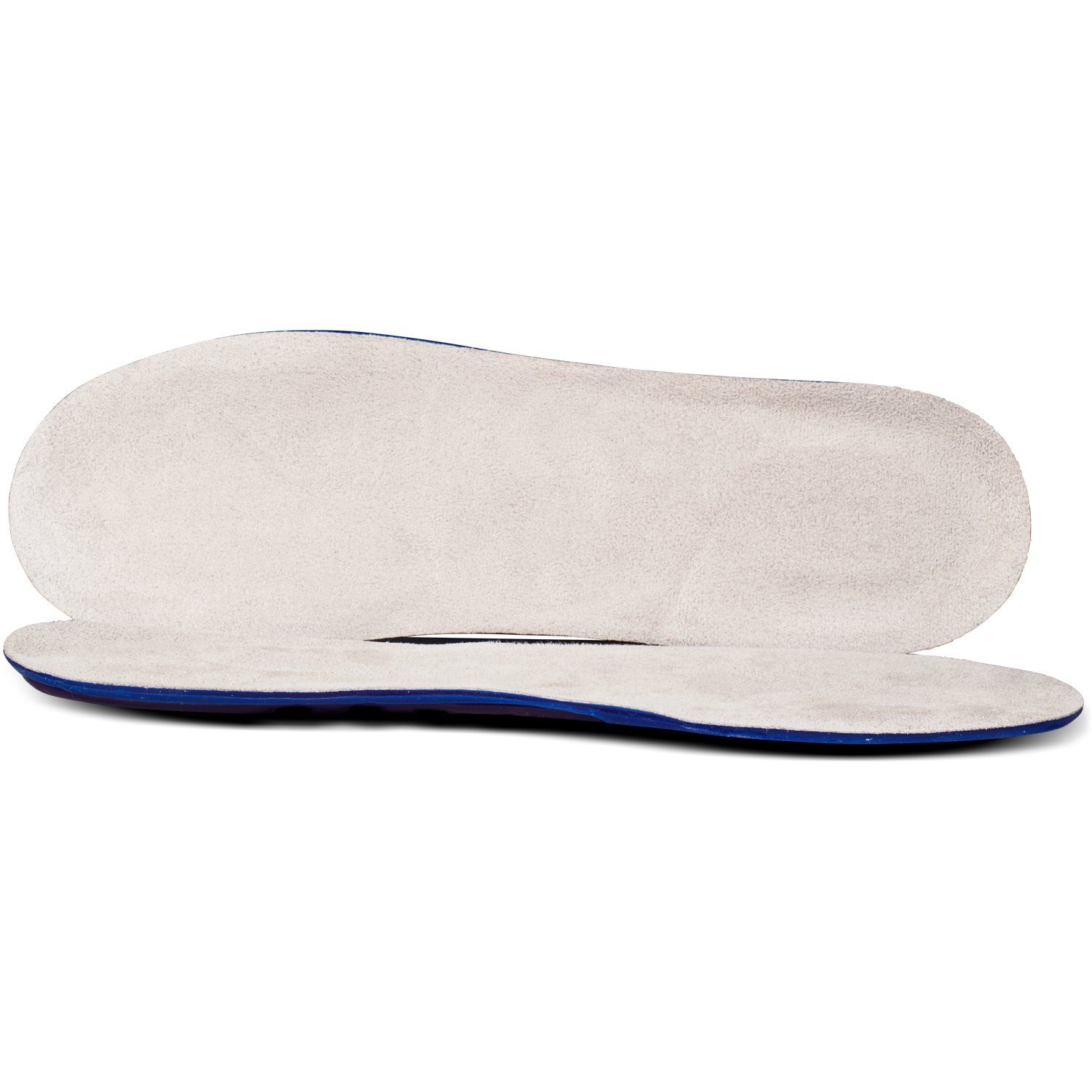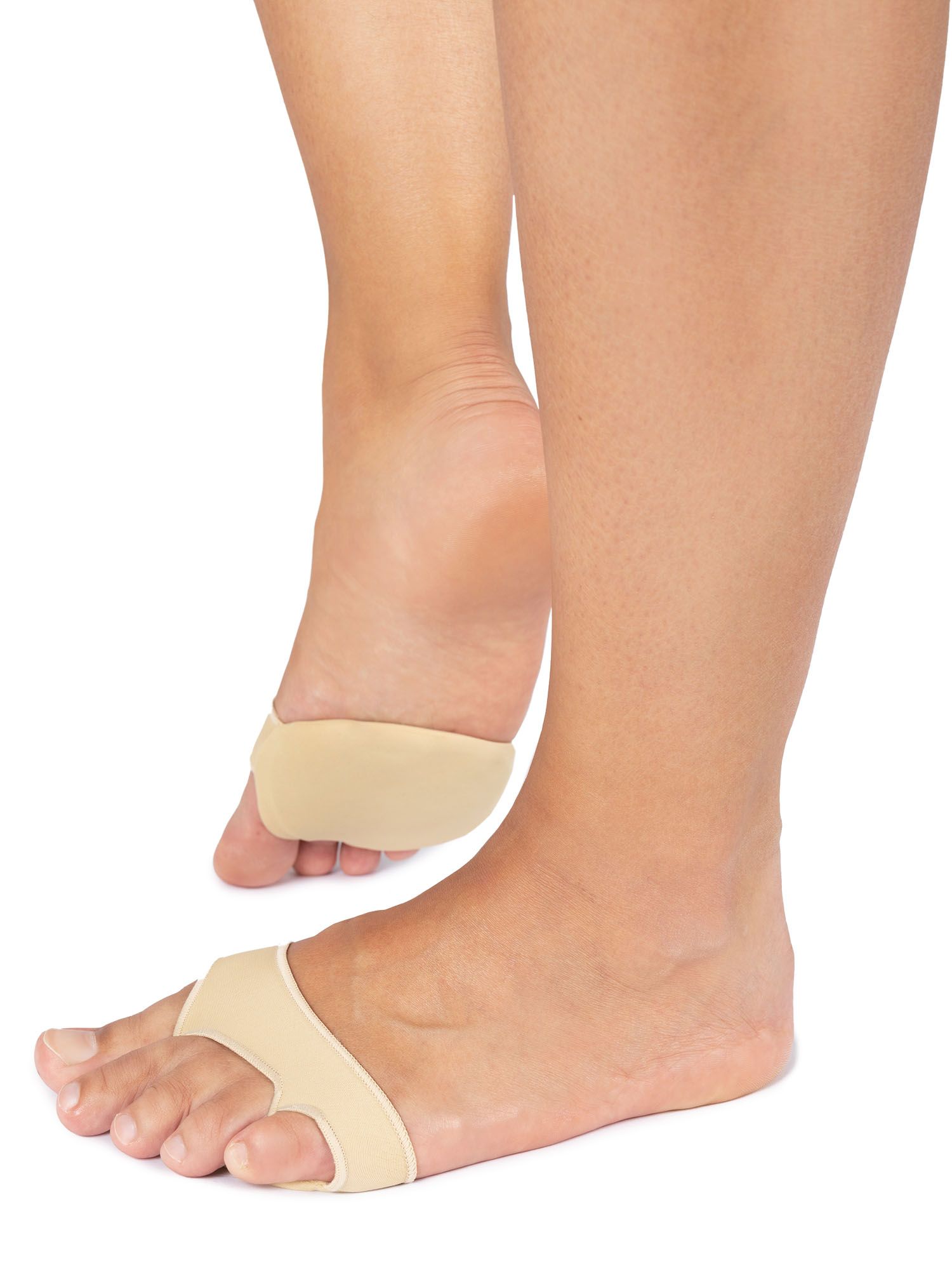Metatarsalgia
The podiatrists at Podobrace explain more on this page about “Metatarsalgia” — in other words, pain in the forefoot. If you're experiencing metatarsalgia, it can cause uncomfortable and painful symptoms. It’s completely understandable to have questions. Below, the podiatrists at Podobrace explain everything you need to know about this condition and how to relieve it. So read on to find out more.
What is Metatarsalgia?
Metatarsalgia is a general term used to describe pain on the underside of the forefoot, specifically beneath the heads of the metatarsal bones. This pain is usually caused by overloading. It results in discomfort or pain under the ball of the foot. In some cases, calluses or corns can develop in areas where pressure is high. Numbness may also occur in certain instances.
What causes Metatarsalgia?
There are several factors that can lead to metatarsalgia. Here are the most common causes:
- Wearing improper footwear
- Excess body weight
- Improper foot roll during walking
- High-arched feet
- Fallen arches (flat feet)
- Intense or repetitive training
- Joint inflammation
- Thinning of the fat pad under the forefoot
What are the symptoms?
Metatarsalgia is associated with a range of symptoms. The most common ones include:
- Tingling or numbness in the toes
- Start-up pain (pain that arises after a period of rest when movement begins)
- Corns or calluses under the forefoot
- Swelling in the forefoot due to fluid retention
- Pain while walking or standing
- Pain on the underside of the forefoot
How is Metatarsalgia diagnosed?
A specialist or orthopedic doctor will diagnose the condition based on your symptoms and a thorough physical examination. Your feet will be checked for calluses, joint instability, and the condition of the fat pads under the foot. Your footwear will also be closely evaluated, so be sure to bring the shoes you wear most frequently.
What treatment options are available?
In some cases, the symptoms of metatarsalgia resolve on their own. Since improper footwear contributes significantly to this condition, switching to better-fitting, supportive shoes can help reduce symptoms. A podiatrist or your treating physician can examine whether your foot posture is contributing to the issue. If your feet are misaligned, it can negatively affect muscles, tendons, and ligaments, leading to improper strain.
There are several steps you can take to reduce symptoms. Maintaining a healthy body weight is crucial. Wearing orthopedic insoles provides proper support and relief. Making adjustments to your footwear and preventing the buildup of calluses can also help ease the discomfort associated with metatarsalgia.

- Physiotherapist
- Sports podiatrist
- Manual therapist
- Podopostural therapist
- Myofascial dry needling specialist





